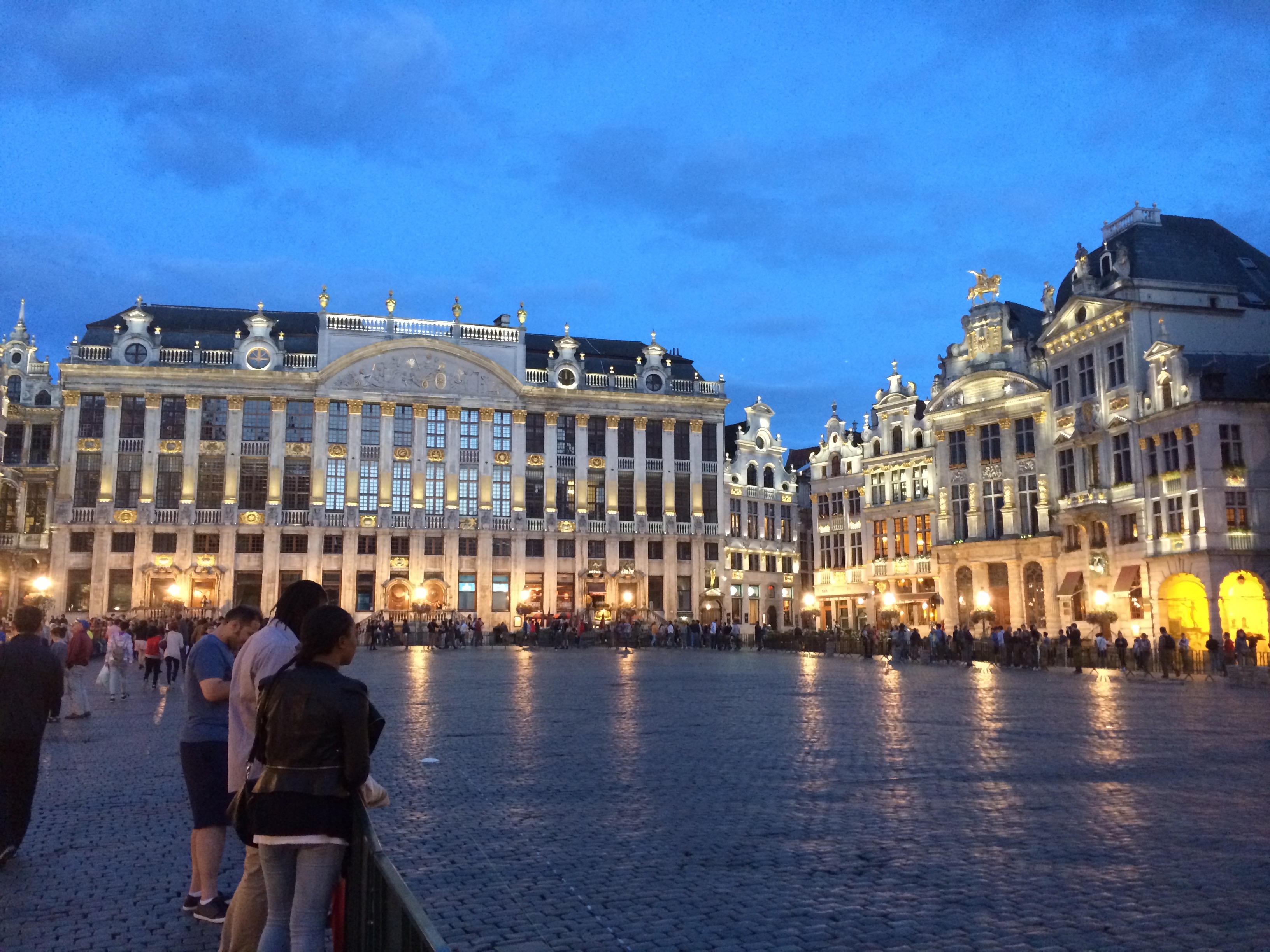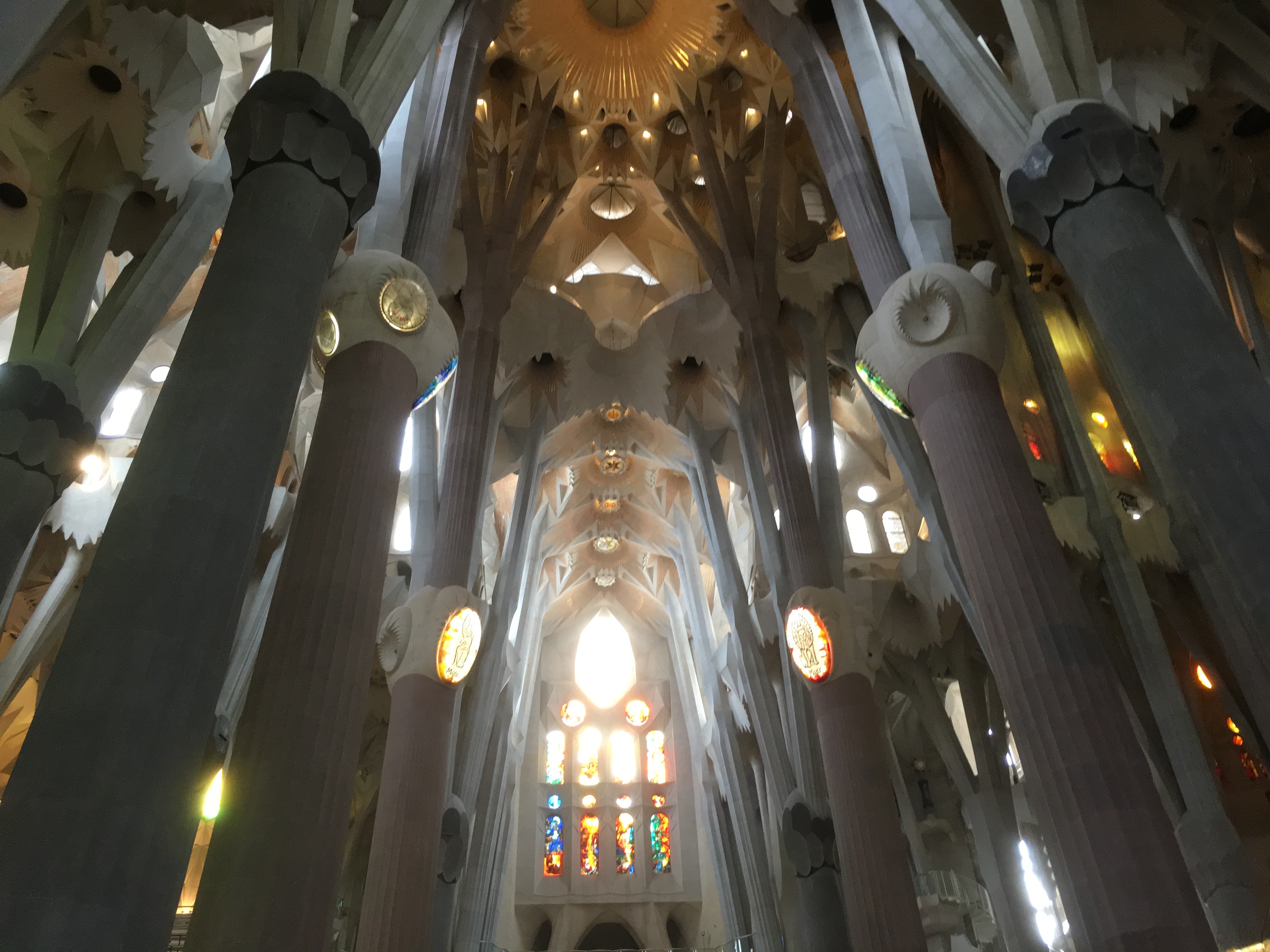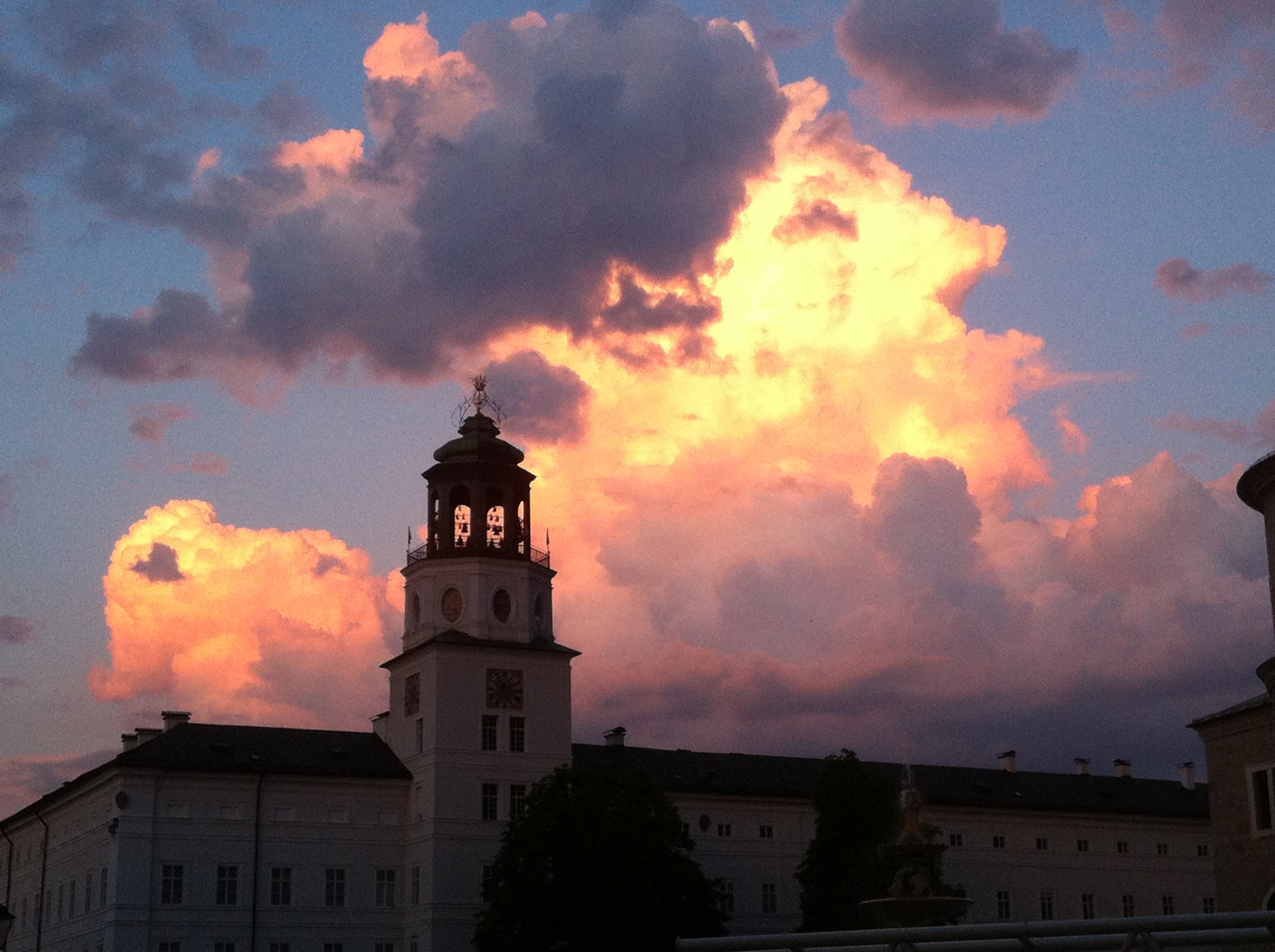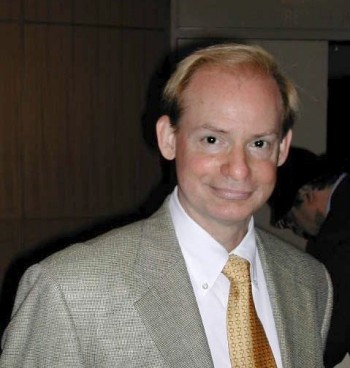Feelings in Places -- Contradiction and Inspiration
 Friday, January 5, 2018 at 05:23PM
Friday, January 5, 2018 at 05:23PM Grand Place in Brussels

What kinds of feelings are evoked by standing in this famous grand plaza in the heart of Brussels?
This photo was taken in the early evening with light still in the sky but also with the illumination of the buildings already turned on. It had also recently rained and the brick pavements were still wet. There are no people in the large central area of the Plaza because it had been temporarily closed off before a crew arrived to start filling it with a garden exhibition.
The first feeling here is of the grandeur of scale. You really do want to turn around 360° to take in the entire Grand Place on all four sides. This strongly emphasizes the three-dimensionality of the experience. It’s not like just looking at a static view of the building; it’s a feeling of being inside a very large structure, while still being completely outdoors. This complexity of feeling between being enclosed and being outdoors layers two sets of somewhat contrasting sets of feelings on top of one another, but they are still experienced as one single unique feeling.
There is also a contrasting pair or two contrasting poles of feeling around the issue of light. It is neither day nor night but somewhere on the edge between the two. The sky is still blue and not black and clouds can still be seen. But the building lights are on and the illumination of the buildings deliberately creates a dramatic contrast between the directly illuminated areas and the background. Similarly, the empty central area of the plaza is still wet, reflecting many of these lights. Looking at their reflections on the cobblestones highlights the contrasting feelings we have about darkness and light.
Light is fading, night is coming. It’s dark enough that we feel joy and comfort from the lights, and yet light enough that we still feel the normal orientation upwards from a darker ground to a lighter sky. Even traditional visual analysis readily shows other compositional features that our feelings are responding to. In the photo the scene is neatly divided between the ground area, the buildings, and the sky almost in equal thirds. Moreover, the architecture of the buildings focuses attention on the vertical columns or pilasters which connect ground and sky, and the narrowing roofs, gables, and pointed decorations or finials along the roofline in effect create arrows pointing our gaze upwards into the sky.
But how do we feel in this experience of a visual scene? When we are there, we are not seeing it as in a photo. It is not a two-dimensional scene of formal composition and arrows. We are moving about in the plaza, we are turning around to see the full panorama, we are feeling the cooling temperatures and the wetness in the air. We are standing on that ground, feeling it beneath our feet; we are breathing the air of that sky, and we can if we like walk over and touch the stone of the buildings.
There is a feeling of exhilaration, of amazement and appreciation at the beauty of the scene. We are energized by the drama of the lighting as well as by the dynamics of this space that seems to lift us up towards the sky both in our gaze and in our bodily feeling. And all this melds with those contrary pushes and pulls of ground and sky, light and dark, enclosure and openness, being outside and yet also inside.
Because this is a place that you naturally enjoy and inhabit by moving around inside it, you also feel the sense of scale directly through motion, a strange combination of judging distances and sizes visually in relation to the size and height of the human body, but also by the time that it takes to walk at a leisurely pace from one point in the square to another. The feeling of movement in walking through the square is subtly modulated by the scale of distance that the square itself creates in relation to our movement within it.
We feel not just with our senses, but with our whole bodies-in-motion as we actively explore this space and respond to the feelings it evokes in us.
The Sagrada Familia

We see here an interior view of one of the most famous buildings in the world, the great Sagrada Familia cathedral in Barcelona designed by Antonio Gaudi.
As you may know, this building has been under construction for about a century and I was quite amazed by the changes to the interior from when I had last visited about 10 years before. At that time there was little or no color, the columns were unfinished, and the floor of the Cathedral was largely taken up by large blocks of cut stone waiting to be hoisted into place, with small fenced in walkways for tourists to safely navigate through the areas still under construction. The basic shapes were already in place and it took only a little imagination to see the outline of the completed structure. But the experience once the fine details of decorative art were added 10 years later was far, far beyond what I could have imagined.
The universal magic of cathedrals, especially those of the famous Gothic era, is the way in which they pull the eye and lift the spirit upwards to create a feeling of lightness in a space that is basically constructed from thousands of tons of heavy stone. This magic and the feelings it evokes come from two basic principles. First, that the columns are as narrow and as long as possible, leaving as much open space as possible and pulling the eye upwards. Second, that most of the light enters the space from high up near the roof, so that the light of Heaven appears above us and the structure of the church through its columns and pillars connects us down below to Heaven above. For some this feeling also exaggerates our smallness as we walk on the ground below. And that may even be highlighted by the fact that in the old cathedrals we are often walking on the graves of people buried under the floor.
But this is not a Gothic cathedral. There is one a few miles away in the oldest part of the city, a very large one that Antonio Gaudi would have known well. On the outside, his cathedral is an amazing flight of fantasy, especially in its intricate and colorful decorations. The interior here is somewhat more traditional, but with startling differences.
As you walk through the space of this cathedral your eye is constantly seeing new and different details and marveling at how so much variety has been so artfully integrated into a single structure. Every column looks slightly different. Different sides of the same column are differently decorated. The columns branch out at the top like trees to suggest an organic form, a forest, maybe even a Druid Grove. Traditional cathedrals emphasize a much more predictable uniformity and a much more solidly separate reality from the reality of nature and natural organic forms. In this space, the traditional effects of Gothic architecture are moderated, softened, and melded more closely with the forms of nature.
We feel wonder and awe here, we feel elated and even entertained, we feel that we want to keep looking at every piece and every detail and from every angle because there is always more to see and everything we see is worth looking at. But it's not all about looking. We are also moving around in this space, feeling it with our bodies, touching the stone with our hands, and in our imaginations climbing or soaring up into the higher levels, the cathedral’s forest canopy.
And in fact, it is possible to climb up a lot of stairs in the side walls to look down and view the Cathedral from a higher level. That feeling looking down is not the same as this feeling looking up. Even just walking around on the main floor, the experience and our feelings shift and change from the view when we enter to the changing panorama as we circulate around and constantly lift our heads and our gaze to the amazing detail above. Just as the traditional Gothic architecture pulls our gaze upward by letting most of the light in at the upper stories, as also happens here, but in addition now the complexity and visual interest of the decorations, built into the architectural forms as well as applied onto their surfaces, lies mostly up in the higher reaches of the Cathedral.
Our attention is focused upward and this evokes in our bodies a feeling of being lifted upwards, of wanting to rise up into the glory above.
Salzburg Glory

Walking in the center of old Salzburg just around the time of sunset, the direct light of the sun had already disappeared from down in the streets alongside the river, concealed behind the steeply rising hills above. But it still shined on the towering clouds above the city, left over from a recent storm.
Seeing that glorious sight just above the roof line of churches and cloisters made me feel that it was the very prototype and inspiration for a vision of Heaven. Whether in classical painting or in the light coming in the upper stories of a Gothic cathedral, the Glory of Heaven is felt by us very much as we feel in seeing the skies illuminated as if lit from within.
It would be truly difficult for an artist to capture the amazing effects of light and color of the actual scene in real life. Even a photograph reduces the dramatic effects and visual dynamics. Apart from the limitations of paint or film, in the real scene those clouds are moving and the sun's illumination of them is changing slowly but continuously as the angle of the setting sun keeps changing. What is shown in the photograph was a transient moment and the drama of the scene peaked at about this point but only lasted for at most a few minutes.
You don't need to believe in a Christian Heaven to appreciate the glory of this scene. We can perhaps guess that our feelings in response to natural phenomena, especially our aesthetic response, arises through thousands of generations of our co-evolution in environments like this. We are the children of this planet and nothing bears truer testimony to that fact than the emotional response we feel to mountains and oceans, forests and sunsets, starry skies and flashing storms.
But it is still wrong to reduce the richness and complexity of human feelings to just their biological basis. It is not wrong and in fact necessary to understand the role of the body and its evolutionary history in supporting and being the medium for the feelings that we feel. But we do not feel anger or fear, fight or flight, pure and simple. Everything we feel is re-mediated, modulated and enriched by language and culture, what we have heard and said and thought, by our personal histories and our acquired desires and fears. Biology may make us more wary in the dark, but it does not explain why some people love the night or feel comforted in quiet dark places.
Evolution may play a part in our appreciation of the sunrise, or the joy and relief of seeing the sun appear after a storm, but it cannot fully explain the spiritual uplift of a scene like this.

Reader Comments